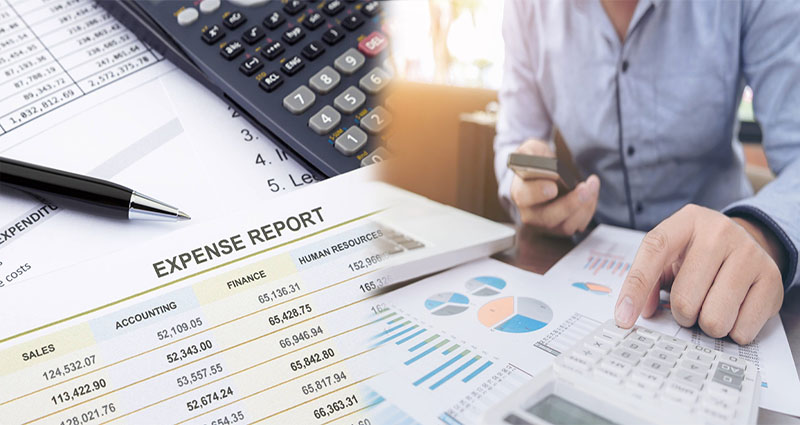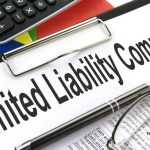How To Cut Out Business Expenses And Spend Less
You’re a business owner and you can’t afford to waste money on unnecessary expenses. You know it’s important to keep track of your business expenses, but you want to spend less rather than more money on your business. You’ve probably heard the term “cash only budget” before. And you might have even tried using this method of tracking spending before without much success. But we’ll show you exactly how to create an effective cash only budget that will help reduce spending in your small business or startup company so that you can save money for other things like hiring new employees or paying off debt.
Use a cash only budget
Cash only budgeting is a great way to keep track of your business expenses, and it can also help you see where you might be overspending. If you use cash only budgeting, then when it’s time to pay bills and … More >>>













